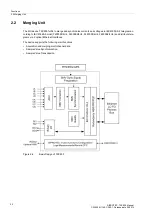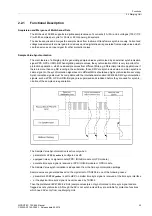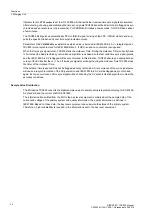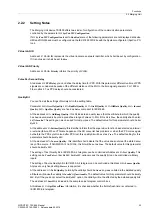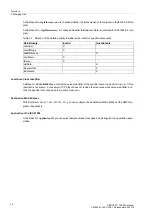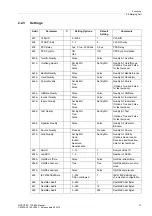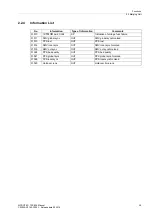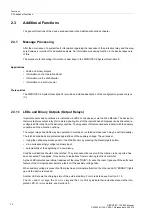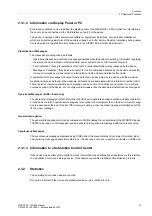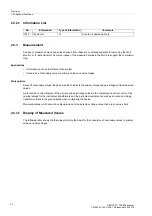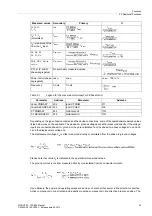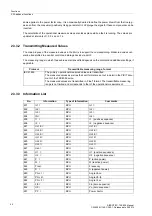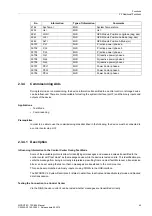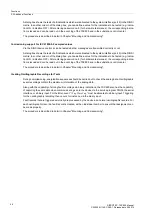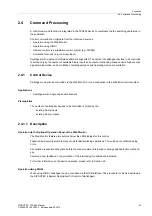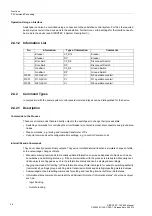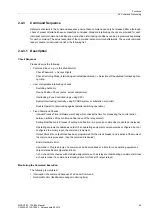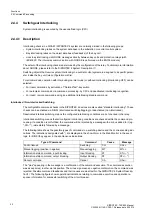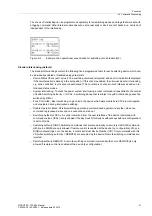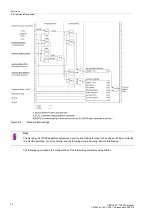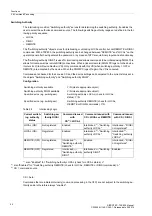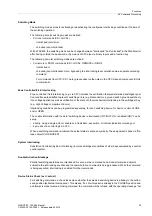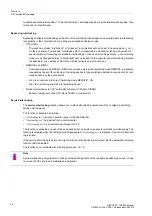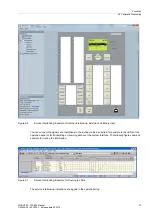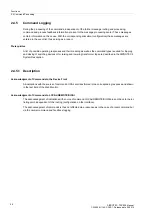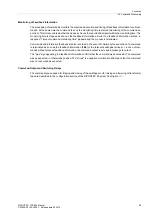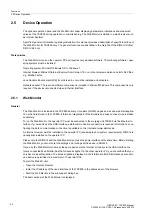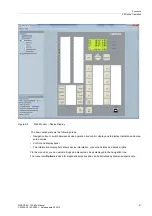
Functions
2.3 Additional Functions
SIPROTEC, 7SC805, Manual
C53000-G1140-C380-1, Release date 05.2014
46
A dialog box shows the texts of all indications which were allocated to the system interface (port F) in the DIGSI
matrix. In another column of the dialog box, you can define a value for the indications to be tested (e.g. indica-
tion ON / indication OFF). After entering password no. 6 (for hardware test menus), the corresponding indica-
tion is issued and can be read out in the event log of the 7SC805 and in the substation control center.
The procedure is described in detail in Chapter "Mounting and Commissioning".
Comissioning support for IEC 61850-9-2 sampled values
Via the DIGSI device control it can be tested whether messages are transmitted correctly or not.
A dialog box shows the texts of all indications which were allocated to the system interface (port F) in the DIGSI
matrix. In another column of the dialog box, you can define a value for the indications to be tested (e.g. indica-
tion ON / indication OFF). After entering password no. 6 (for hardware test menus), the corresponding indica-
tion is issued and can be read out in the event log of the 7SC805 and in the substation control center.
The procedure is described in detail in Chapter "Mounting and Commissioning".
Creating Oscillographic Recordings for Tests
During commissioning, energization sequences should be carried out to check the analog data. Oscillographic
event recordings contain the maximum information of the analog data.
Along with the capability of storing fault recordings via binary indications, the 7SC805 also has the capability
of capturing the same data when commands are given to the device via the service program DIGSI, the serial
interface, or a binary input. For the latter, event
“>Trig.Wave.Cap.”
must be allocated to a binary input. Triggering
for the oscillographic recording then occurs, for instance, via the binary input.
Fault records that are triggered externally are processed by the device as a normal oscillographic records. For
each oscillographic record a fault record is created, with an individual number to ensure that assignment can
be made properly.
The procedure is described in detail in Chapter "Mounting and Commissioning".

